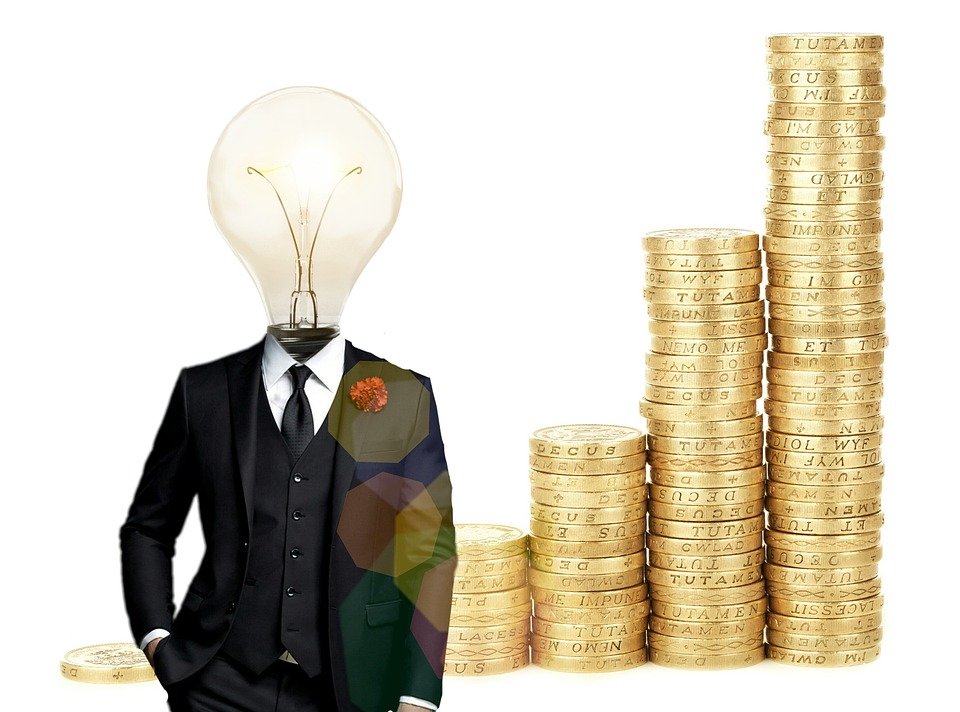Consumer spending plays a crucial role in driving economic growth, particularly in the context of GDP, or gross domestic product. GDP measures the total value of all goods and services produced within a country’s borders over a specific period of time. Consumer spending, which refers to the purchases of goods and services by households, accounts for a significant portion of GDP and is a key determinant of economic growth.
Consumer spending is often considered a leading indicator of economic health. When consumers are confident in the economy and their own financial situation, they are more likely to increase their spending on goods and services. This, in turn, leads to increased demand for goods and services, prompting businesses to produce more to meet that demand. As businesses ramp up production, they may need to hire more workers, leading to job creation and a boost in economic activity.
In the United States, consumer spending accounts for approximately 70% of GDP, making it the largest component of the economy. This means that changes in consumer spending can have a significant impact on overall economic growth. During economic downturns, a decrease in consumer spending can lead to a contraction in GDP, while an increase in consumer spending can fuel economic expansion.
Consumer spending is influenced by a variety of factors, including income levels, employment rates, interest rates, inflation, and consumer confidence. When consumers have more disposable income, they are more likely to spend it on goods and services, thereby stimulating economic growth. Conversely, if consumers are concerned about their financial stability or face economic uncertainty, they may cut back on spending, which can hinder economic growth.
Governments and policymakers often use consumer spending data as a key indicator of economic performance. By tracking changes in consumer spending patterns, they can gauge the overall health of the economy and make informed decisions about monetary and fiscal policies. For example, during periods of economic downturn, policymakers may implement measures to stimulate consumer spending, such as tax cuts or increased government spending, to boost economic growth.
In conclusion, consumer spending plays a vital role in driving GDP growth and overall economic prosperity. A healthy level of consumer spending signals confidence in the economy and can lead to increased production, job creation, and economic expansion. By understanding the factors that influence consumer spending and monitoring changes in consumer behavior, policymakers can better support economic growth and stability.




